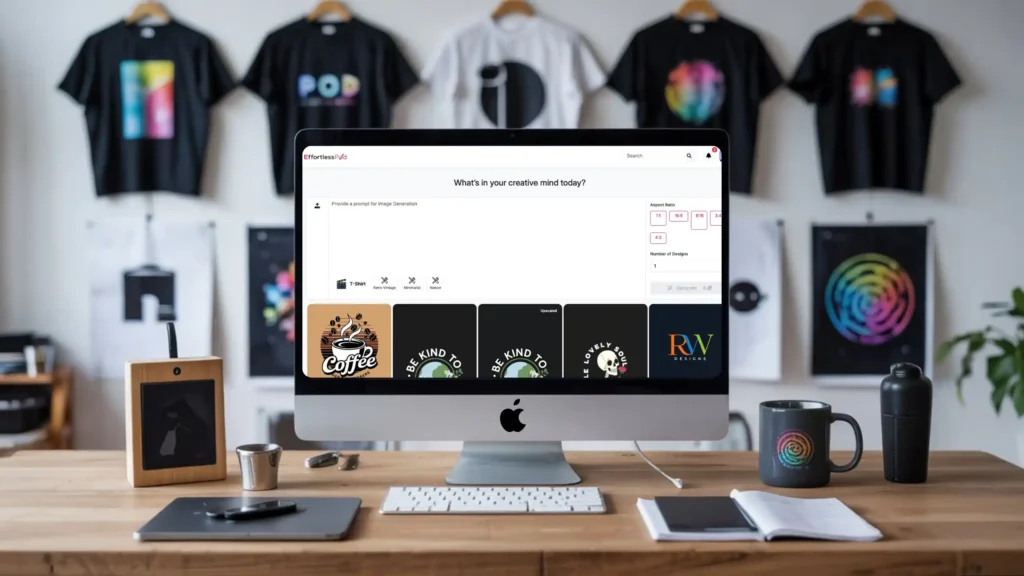The print on demand (POD) industry is rapidly evolving, and artificial intelligence (AI) is playing a transformative role in creating unique, eye-catching designs. In this comprehensive beginner’s guide, we explore how AI can elevate your POD designs, help you stand out in a competitive market, and simplify the creative process. We’ll also introduce our recommended AI tool, Effortlesspod, and provide a list of useful resources to ensure your designs are original, SEO optimized, and fully compliant with intellectual property regulations.
What is Print on Demand (POD)?
Print on demand is an innovative business model that allows entrepreneurs to sell custom products without maintaining inventory. With POD, items such as t-shirts, posters, mugs, and other products are printed only after a sale is made. This minimizes overhead costs, reduces waste, and offers customers the ability to personalize products to their tastes.
In today’s saturated market, standout designs are essential. Leveraging AI to generate creative designs can give your brand a significant competitive edge.
How AI is Revolutionizing POD Design
Artificial intelligence has advanced rapidly, offering creative tools that assist both novice and professional designers. AI-powered design tools can generate unique graphics, suggest color palettes, and even simulate current design trends. Here are several ways AI is revolutionizing POD design:
Automated Design Generation
AI tools can quickly generate design concepts based on simple inputs. By entering keywords like “vintage,” “minimalist,” or “futuristic,” you can instantly view a variety of design options. This automation not only saves time but also introduces innovative ideas that you might not have considered.
Enhanced Creativity Through Data Insights
AI leverages data-driven insights to predict which design elements will resonate most with your target audience. This means you can create designs that are not only visually appealing but also more marketable and relevant.
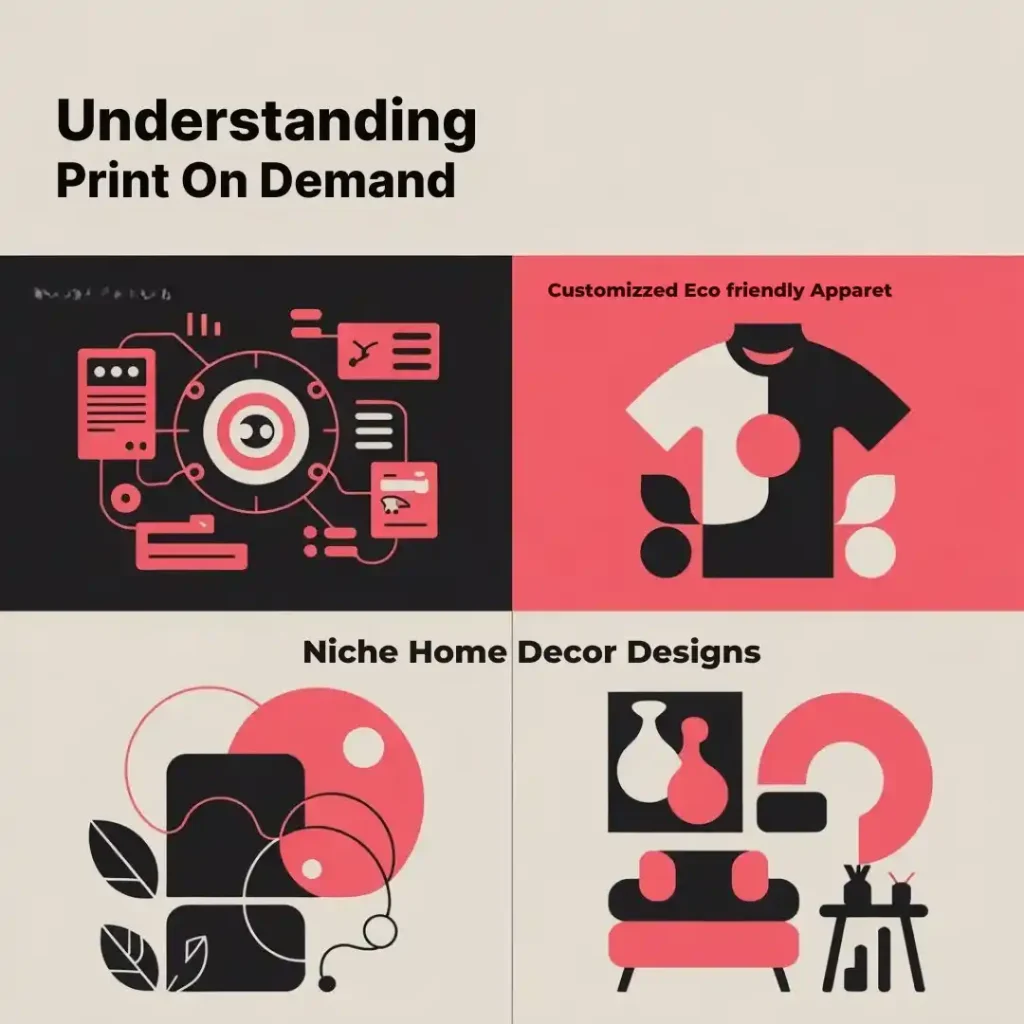
Benefits of Using AI for POD Designs
Integrating AI into your design process comes with several distinct advantages:
Speed and Efficiency
AI tools process vast amounts of data to generate multiple design variations in minutes. This rapid prototyping lets you experiment with diverse concepts and quickly finalize your designs.
Cost-Effectiveness
By automating many design tasks, AI reduces the need for a large creative team or expensive software. This makes it an excellent option for startups and small businesses looking to compete with larger brands.
Consistent Quality
AI algorithms maintain design consistency by adhering to brand guidelines and quality standards across all outputs. Consistent quality is key to building a recognizable and trusted brand.
Accessibility for Beginners
Even if you have little to no design experience, AI-powered tools simplify the creative process. With user-friendly interfaces and guided workflows, beginners can easily create professional-grade designs.
Top AI Tools for Creating POD Designs
Here are some of the best AI tools that can help you create standout POD designs:
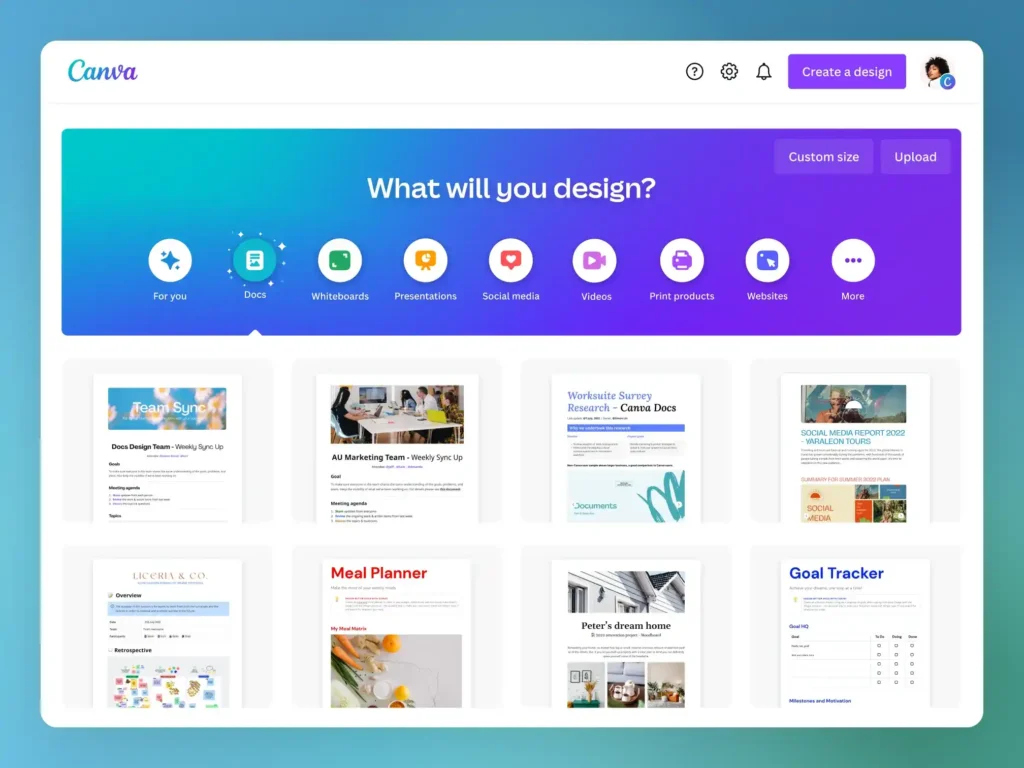
Canva now includes AI-driven features to help generate templates and design layouts based on your preferences. Its intuitive drag-and-drop interface and extensive library of graphics make it an excellent starting point for beginners.
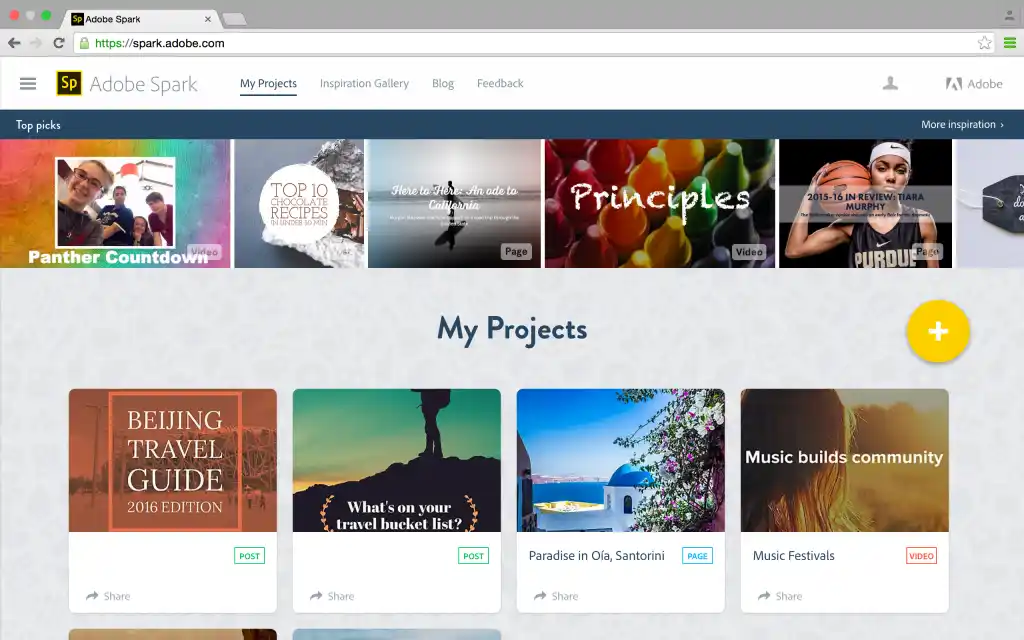
Adobe Spark offers AI-powered design suggestions and templates that streamline the creative process. Its robust customization options enable you to create visually appealing graphics tailored to your brand.

For those focusing on brand identity, Designhill’s AI-powered logo maker can quickly generate unique logos. A strong logo sets the tone for your brand and is essential for long-term recognition.
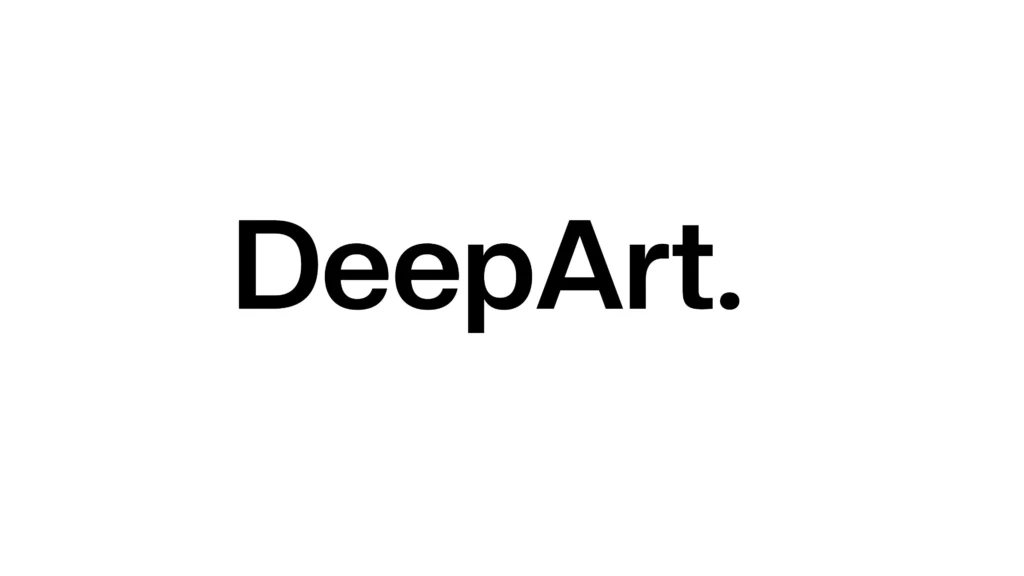
4. DeepArt
DeepArt uses neural networks to transform your photos into artwork inspired by famous art styles. This tool is ideal for creating one-of-a-kind designs that blend originality with artistic expression.
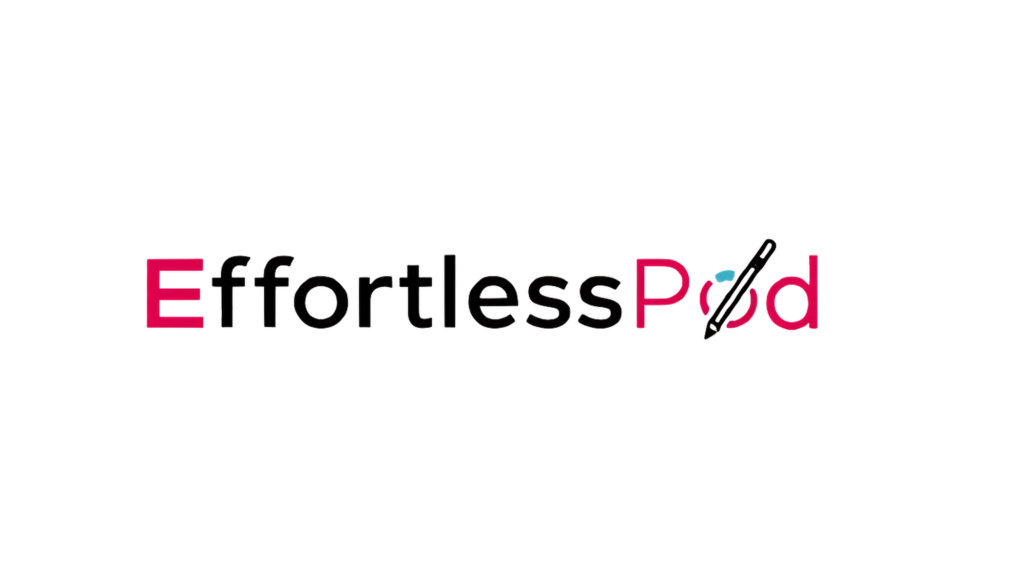
Effortlesspod
In addition to the above tools, we recommend Effortlesspod—a cutting-edge AI design platform built specifically for the POD industry. Effortlesspod integrates seamlessly with your workflow and offers a comprehensive suite of advanced features, including:
Prompt-to-Image Conversion: Generate images directly from text prompts.
Image-to-Image Transformation: Convert an existing image into a prompt and then recreate it with refined details.
Upscale: Enhance image resolution for high-quality prints.
Background Removal: Easily eliminate backgrounds to create cleaner designs.
Auto Caption, Descriptions, and Tags: Automatically generate SEO-friendly captions, descriptions, and tags for your images.
Whether you’re a beginner or an experienced designer, Effortlesspod empowers you to create unique, market-ready designs that resonate with your audience.
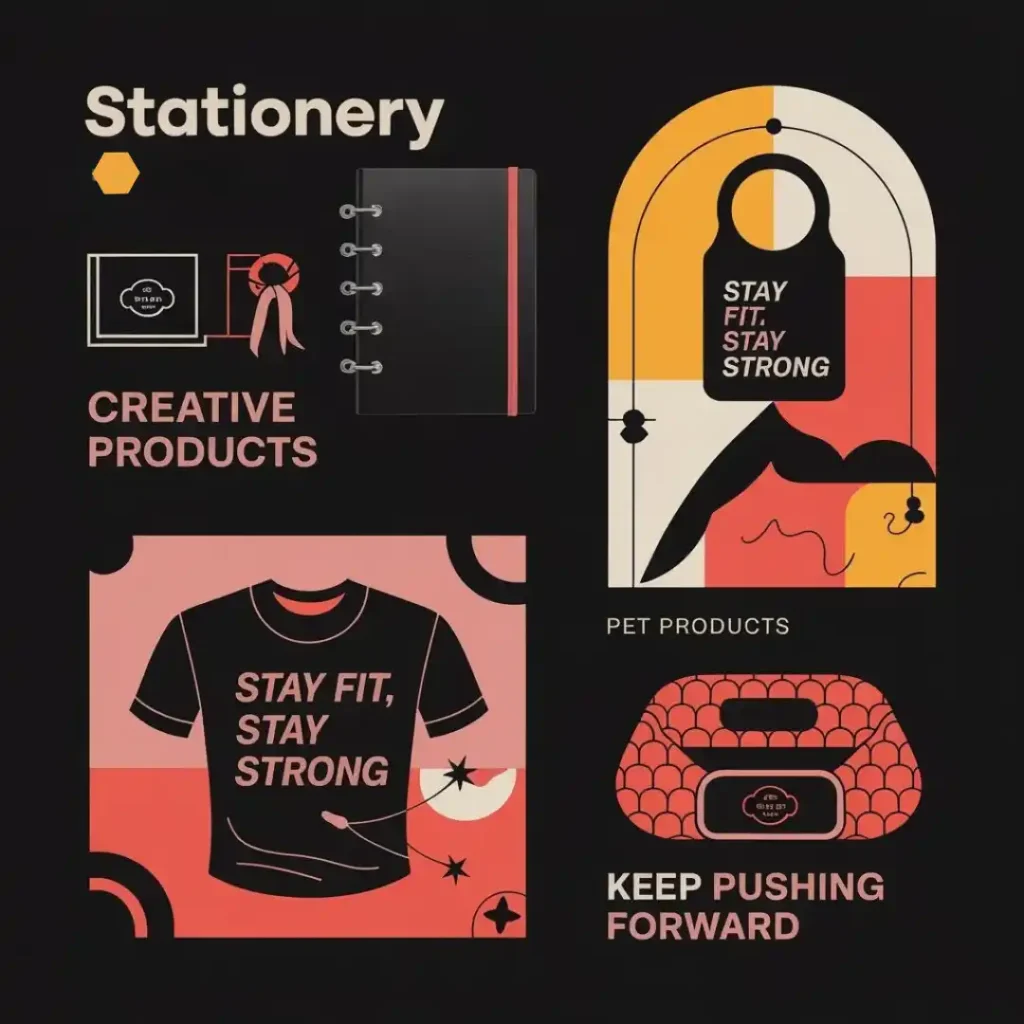
Steps to Create Unique POD Designs with AI
Follow these actionable steps to incorporate AI into your POD design process:
Step 1: Define Your Brand Aesthetic
Before diving into design tools, clearly define your brand’s visual style and target audience. Consider your color palette, design trends, and the overall tone you wish to convey. This foundation will guide the AI tools to generate designs that align with your brand.
Step 2: Choose the Right AI Tool
Based on your requirements and level of expertise, select an AI tool that suits your needs. Beginners might find Canva or Adobe Spark to be user-friendly, while more advanced users might appreciate the comprehensive features offered by Effortlesspod.
Step 3: Generate Initial Designs
Input relevant keywords and design preferences into your chosen AI tool. Experiment with various templates and layouts to generate multiple design options. Save the versions that best capture your brand identity.
Step 4: Customize and Refine
Once you have several design options, use the tool’s editing features to further customize your designs. Adjust elements like colors, fonts, and layout details to ensure the final design reflects your brand accurately.
Step 5: Test Your Designs
Before launching your products, test your designs on a small audience or through A/B testing. Gather feedback and make necessary adjustments to optimize the designs for maximum customer appeal.
Tips for Optimizing AI-Generated POD Designs
To get the most out of AI design tools and ensure your designs are optimized for your audience, consider these best practices:
Maintain Brand Consistency
Ensure that all your designs adhere to your established brand guidelines. Consistent use of colors, fonts, and design elements helps in building a cohesive brand identity and strengthens customer trust.
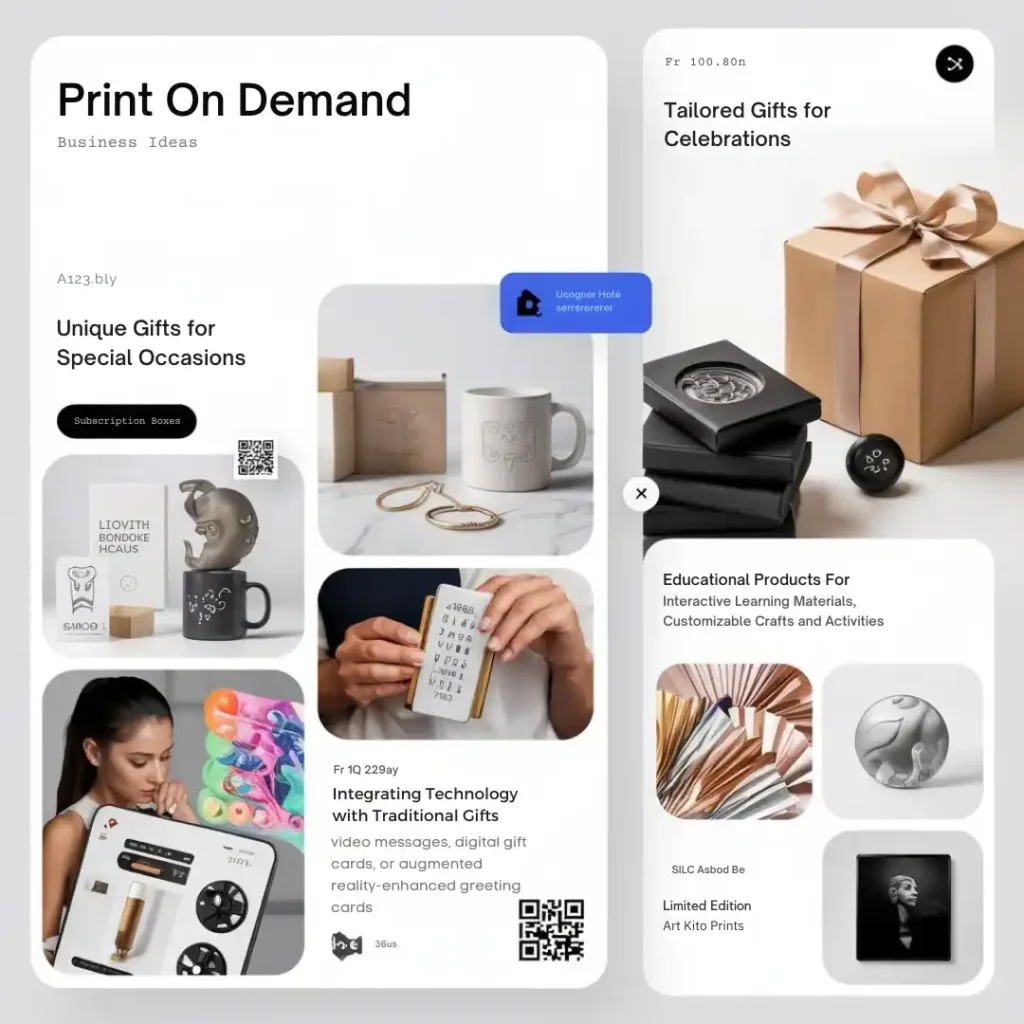
Embrace Minimalism
A minimalist design approach often works best in the POD space. Clean lines, ample white space, and focused imagery allow your designs to stand out and be easily appreciated by your target audience.
Leverage Customer Feedback
Regularly collect and analyze customer feedback on your designs. Use this input to refine your designs, ensuring that they remain appealing and relevant. AI tools can also assist in analyzing feedback trends to guide future design improvements.
Stay Updated with Trends
The design landscape is continually evolving. Stay informed about emerging trends and adjust your AI tool inputs accordingly. This proactive approach ensures your designs remain fresh and competitive in the market.
Challenges to Consider When Using AI for POD
While AI offers numerous benefits, there are some challenges to keep in mind:
Over-Reliance on Automation
Relying too heavily on AI can sometimes result in generic designs that lack personality. It’s important to infuse your creative vision into the process to ensure that your designs are both unique and representative of your brand.
Learning Curve
Even the most user-friendly AI tools require some time to master. Dedicate time to learning how to effectively use your chosen tool to maximize its potential and improve your design outcomes.
Copyright and Originality Concerns
Always review and modify AI-generated content to ensure it doesn’t infringe on existing copyrights. Maintaining originality is crucial for protecting your brand and avoiding legal issues.
Useful Resources
To ensure your designs are original, optimized, and compliant with intellectual property standards, consider the following resources:
Use this link to check trademarks and patents, ensuring your designs are unique and legally compliant.
A powerful tool for optimizing your website and blog content to reach a wider audience.
Another excellent SEO tool that can help you analyze backlinks, keywords, and overall website performance.
These tools can help you create custom images and visual elements that complement your AI-generated designs.
Conclusion
Artificial intelligence is reshaping the POD industry, making it easier than ever for beginners to create unique, market-ready designs. By integrating AI-powered tools like Canva, Adobe Spark, Designhill Logo Maker, DeepArt, and our recommended tool, Effortlesspod, you can streamline your design process, reduce costs, and maintain a high level of quality across all your products.
Remember, while AI provides valuable assistance, it should complement—rather than replace—your creative input. Experiment with different tools, refine your designs based on feedback, and stay current with evolving trends to keep your brand competitive in the vibrant world of print on demand.
Start your journey today by exploring these AI design tools and useful resources, and watch your POD business stand out with unique, innovative designs that captivate your audience.
Embrace the future of design and let AI help you transform your creative ideas into profitable products. Happy designing!
FAQs
What is Print on Demand (POD)?
Print on demand (POD) is a business model where custom products, such as t-shirts, mugs, and posters, are printed only after an order is placed. This eliminates the need for inventory and reduces upfront costs for sellers.
How can AI help in designing POD products?
AI can generate unique designs, suggest color palettes, remove backgrounds, upscale images, and provide automated descriptions and tags. It speeds up the creative process and helps even non-designers create professional-quality artwork.
What is Effortlesspod?
Effortlesspod is an AI-powered tool designed specifically for POD sellers. It offers features such as prompt-to-image generation, image upscaling, background removal, and automatic captioning to streamline the design process.
Do I need prior design experience to use AI tools for POD?
No, many AI tools are user-friendly and designed for beginners. Platforms like Effortlesspod, Canva, and Adobe Spark provide intuitive interfaces that require little to no design experience.
Are AI-generated designs unique?
AI-generated designs can be unique, but it’s always a good idea to customize them to ensure originality. Some AI models use patterns and styles from existing designs, so adding personal touches helps avoid similarity with other designs.
How do I ensure my AI-generated designs don’t violate copyright laws?
Always modify AI-generated images, run a trademark search using tools like USPTO, and avoid using brand logos, copyrighted characters, or existing artwork in your designs.
Can AI-generated designs be used for commercial purposes?
Yes, most AI tools allow commercial use, but it’s important to check their licensing terms. Some free AI models may have restrictions on selling AI-generated images without modifications.
Which AI tools are best for POD design?
Some of the best AI tools for POD include:
Effortlesspod (best for complete design automation)
Canva (best for beginners)
Adobe Spark (great for branding and social media)
DeepArt (for artistic, AI-generated effects)
What are the benefits of using AI for POD design?
Faster design creation
Cost-effective (reduces the need for hiring designers)
Consistent quality
Personalized design recommendations
Accessible to beginners
How do I make my AI-generated POD designs stand out?
To make your designs unique, consider:
Customizing colors, fonts, and layouts
Adding a personal touch or brand identity
Keeping up with design trends
Testing designs with your target audience before launching
Can AI generate SEO-friendly descriptions for my designs?
Yes, Effortlesspod and similar AI tools can automatically generate SEO-optimized descriptions, captions, and tags to improve product visibility on eCommerce platforms.
Are there any downsides to using AI for POD designs?
While AI is powerful, potential downsides include:
Risk of generic designs if not customized
Learning curve for advanced tools
Potential copyright concerns with unedited AI-generated designs
What are some useful resources for POD sellers?
USPTO – Check trademarks and intellectual property (uspto.gov)
SEMrush & Ahrefs – SEO and marketing tools (semrush.com, ahrefs.com)
DALL·E 2, Midjourney, Craiyon – AI image generators
How do I get started with AI-powered POD design?
Choose an AI tool like Effortlesspod, Canva, or Adobe Spark.
Define your brand aesthetic and design preferences.
Experiment with AI-generated designs and customize them.
Test designs with a small audience before launching.
Optimize product listings with SEO-friendly descriptions and tags.
Is AI the future of POD design?
AI is rapidly shaping the future of POD by making design more accessible, efficient, and scalable. However, human creativity and customization remain crucial for creating truly standout products.

